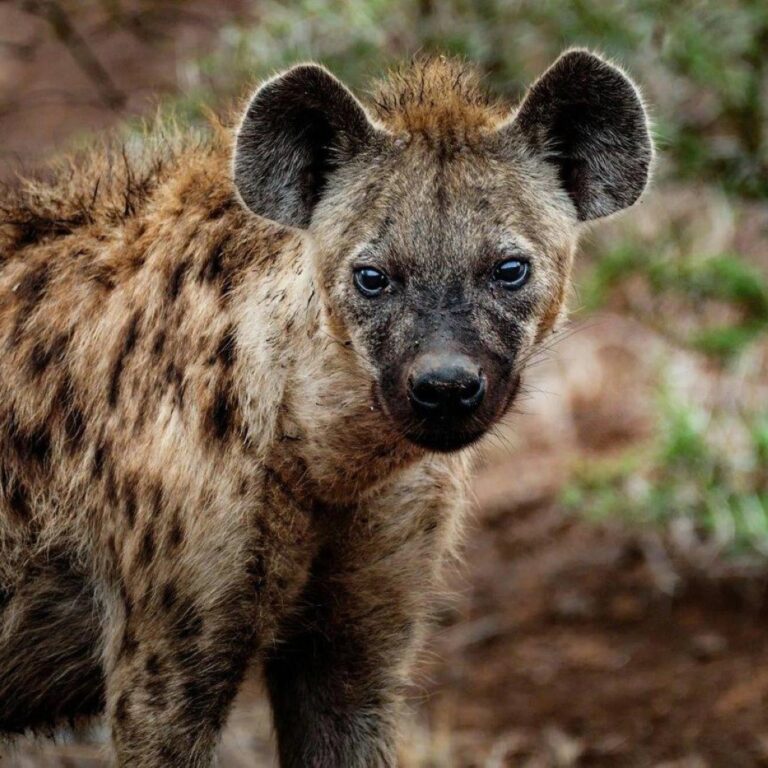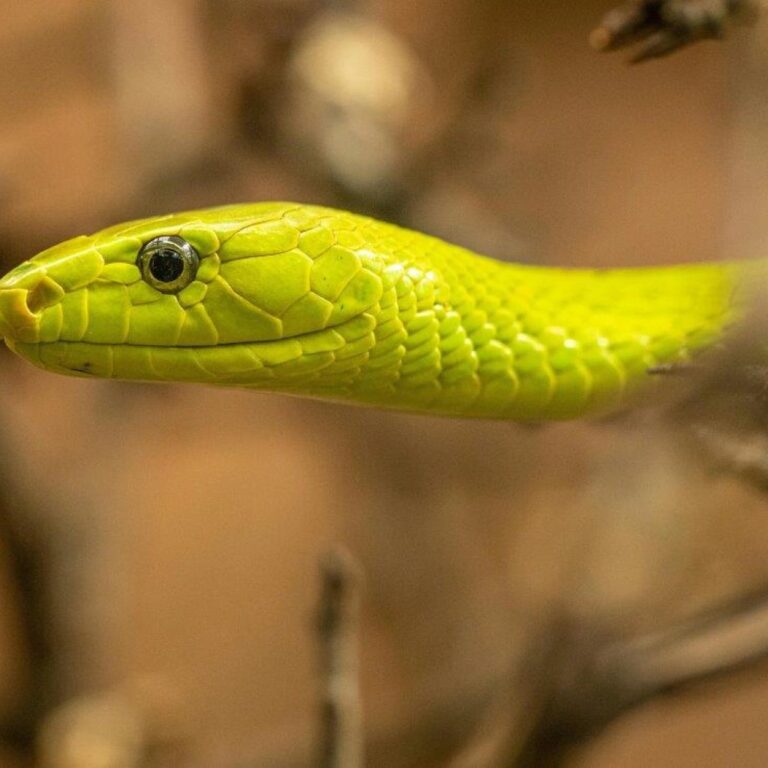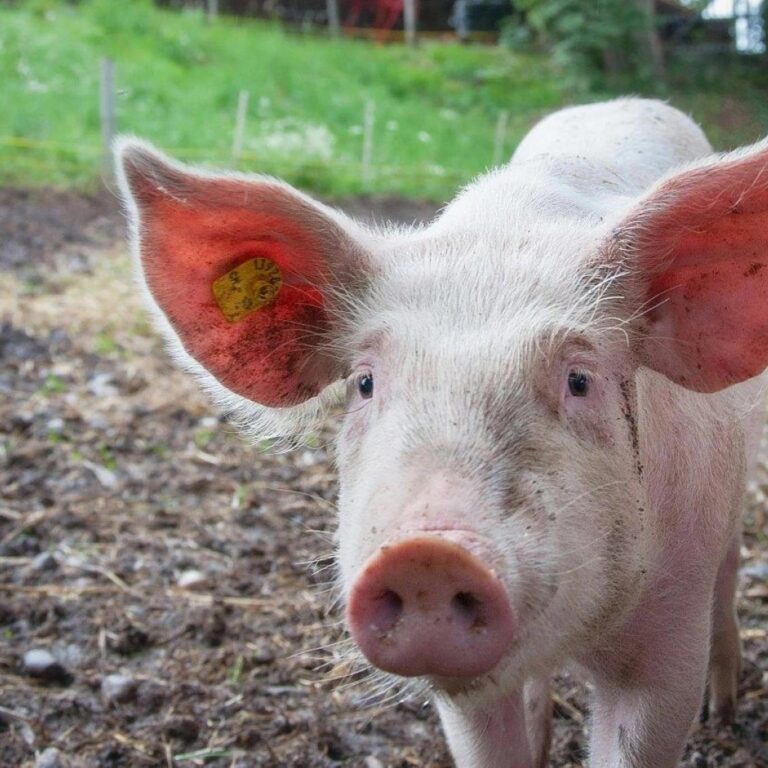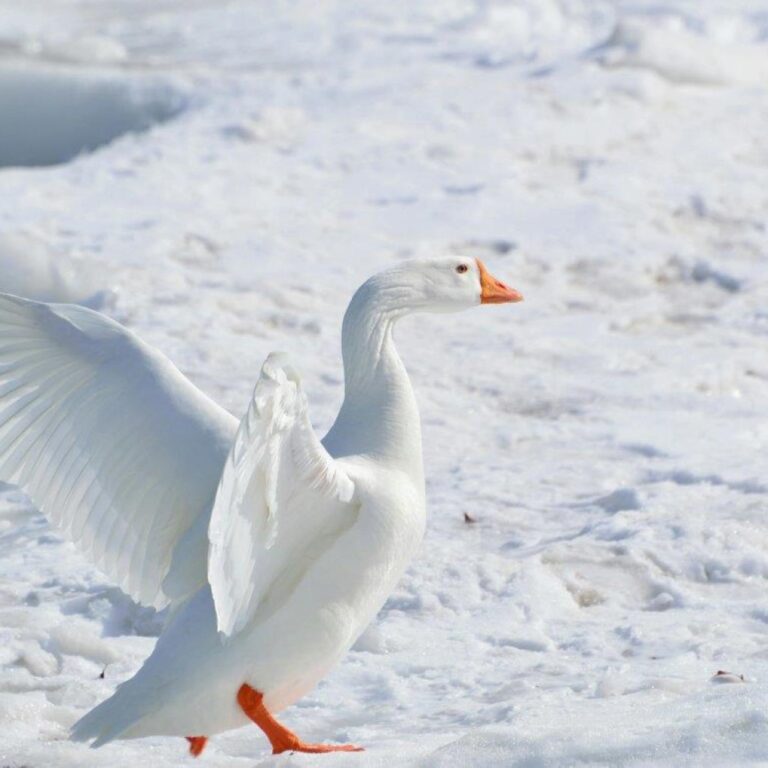There are four species: the spotted hyena, brown hyena, striped hyena, and the aardwolf. The spotted hyena is the largest and most well-known species.
They are more closely related to cats than to dogs, although their appearance and behavior often resemble those of canines.
Spotted hyenas live in large, matriarchal clans that can consist of up to 80 individuals. The highest-ranking female leads the clan, and females are generally more dominant than males.
They have incredibly powerful jaws, capable of crushing bones with a bite force of up to 1,100 pounds per square inch. This allows them to consume almost every part of their prey, including bones.
While hyenas are known for scavenging, spotted hyenas are actually skilled hunters and can take down large prey such as wildebeest and zebras. They hunt in groups and use their intelligence and teamwork to outmaneuver their prey.
The distinctive 'laugh' is a form of communication used to convey excitement, frustration, or submission. Each hyena has a unique vocalization that can be recognized by others in the clan.
They are known for their endurance and can run at speeds of up to 37 miles per hour. They use their stamina to chase prey over long distances.
Female spotted hyenas have a unique reproductive anatomy, including an elongated clitoris that resembles a male's penis. This makes giving birth particularly challenging for first-time mothers.
They play a crucial role in their ecosystems by keeping populations of prey animals in check and cleaning up carrion, which helps prevent the spread of disease.
The aardwolf, a small species of hyena, primarily feeds on termites and other insects. Unlike other hyenas, it has a delicate, specialized diet and lacks the powerful jaws of its relatives.
Hyenas have a highly developed sense of smell and can detect carrion from several miles away. They use their keen senses to locate food and navigate their territories.
They have a complex social structure, with individuals forming alliances and using intelligence and communication to maintain their rank within the clan.
The striped hyena is more solitary than the spotted hyena and is primarily nocturnal. It is less aggressive and relies more on scavenging than hunting.
They have a lifespan of about 12 to 25 years in the wild, with spotted hyenas often living longer due to their social structure and cooperative hunting strategies.
Conservation efforts are important for hyenas, as they face threats from habitat loss, human-wildlife conflict, and hunting. Protecting their natural habitats and promoting coexistence with humans are key to their survival.



